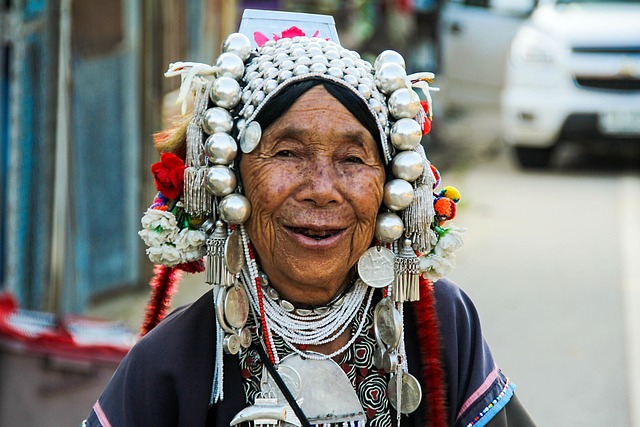Unraveling the Health Potential of Blue Zones: Insights from the World's Longest-Lived Communities
Longevity is a topic that has fascinated humans for centuries. However, it's not just about living longer; it's about living healthier and more fulfilling lives. While modern medicine has made significant strides in extending our lifespan, it seems that the secret to a lengthy, healthy life might lie in certain geographical pockets around the world—areas known as the "Blue Zones." These regions have intrigued scientists and health enthusiasts alike, offering invaluable insights into longevity and overall wellness.

The Birth of the Blue Zones Concept
Dan Buettner, an American explorer, and National Geographic Fellow, first coined the term “Blue Zones” in a 2005 National Geographic article. He and his team, along with demographic researchers and medical scientists, set out on a global expedition to discover the regions with the highest concentration of centenarians. Five such zones were identified: Okinawa (Japan), Sardinia (Italy), Nicoya (Costa Rica), Icaria (Greece), and a Seventh-day Adventist community in Loma Linda (California, USA). These areas, now known as the Blue Zones, are home to the world’s healthiest, longest-lived people.
Lifestyle Trends in the Blue Zones
While genetic factors may play a part in longevity, the lifestyles of Blue Zone inhabitants have been the primary focus of research. Their habits, diet, physical activity, social interactions, and outlook on life offer a blueprint for health that is both time-tested and scientifically validated. They tend to eat a primarily plant-based diet, rich in legumes, whole grains, fruits, and vegetables. Their physical activity is mainly incorporated into daily life, such as gardening, walking, and manual tasks. They also prioritize strong social connections, stress-relieving practices, and have a sense of purpose or Ikigai.
The Science Behind Blue Zone Longevity
Studies have shown that the Blue Zones’ lifestyle, particularly their dietary habits, could be linked to lower rates of chronic diseases such as heart disease, cancer, and diabetes. For example, the traditional Okinawan diet, rich in sweet potatoes and green leafy vegetables, has been associated with lower levels of inflammatory markers, a key factor in many age-related diseases. Similarly, the Mediterranean diet of the Sardinians and Ikarians, rich in olive oil, legumes, and whole grains, has been linked to heart health and reduced cancer risk.
Fresh Perspectives from Blue Zone Living
- Emphasize Community: Social interactions and strong community bonds are a key aspect of Blue Zone living. Regular social engagement can help reduce stress, improve mental health, and even boost the immune system.
- Move Naturally: Instead of structured workouts, consider incorporating more physical activity into your daily routine. This could be through walking more, gardening, or even taking the stairs instead of the elevator.
- Eat Mindfully: Blue Zone diets are rich in whole, plant-based foods. Consider incorporating more fruits, vegetables, whole grains, and legumes into your meals. Also, practice mindful eating - savor your food, eat slowly, and stop when you’re 80% full, a practice known in Okinawa as “Hara Hachi Bu.”
In conclusion, the lifestyles of those living in the Blue Zones provide fascinating insights into longevity and holistic health. Their practices, backed by both tradition and scientific research, offer practical strategies that can be adapted to our lives. While we may not all live in Blue Zones, we can certainly bring a touch of their wisdom into our own lives, promoting longer, healthier, and more fulfilled living.




